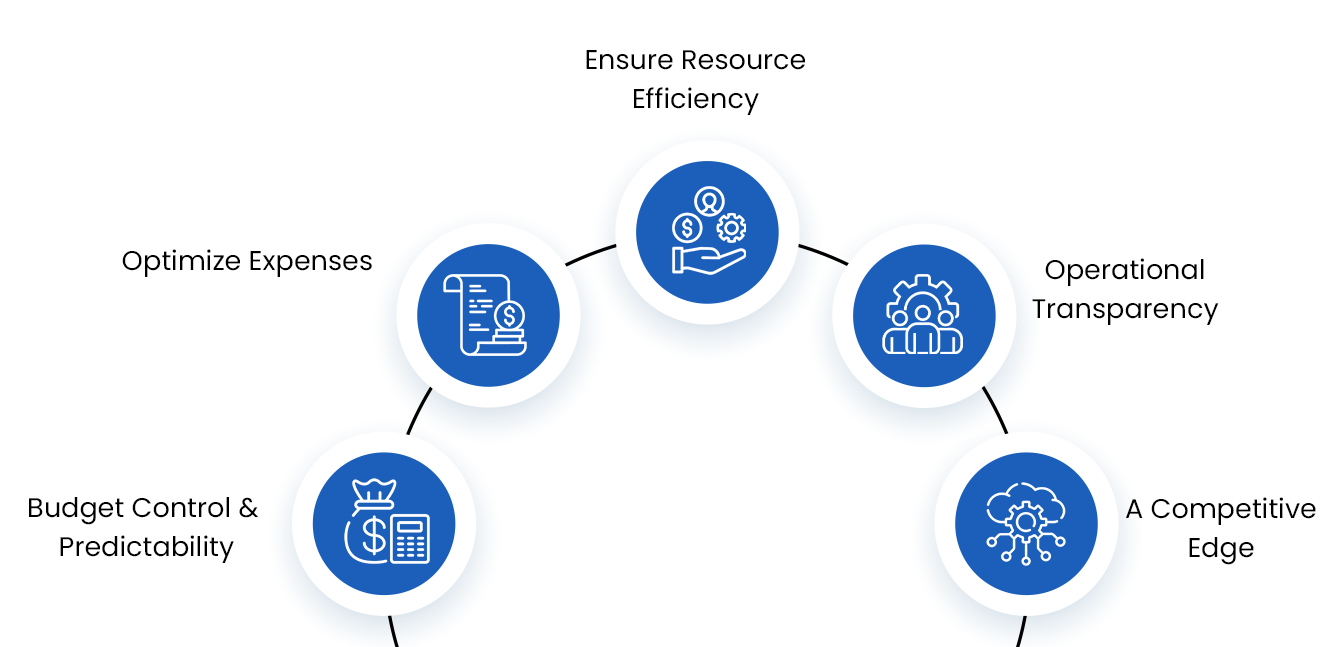As digital technologies evolve and IT infrastructures become more complex, businesses are turning to cloud solutions to increase flexibility, adapt quickly to change and reduce costs. However, despite the obvious benefits, many organizations face unexpectedly high costs for cloud services. This is due to a lack of clear strategy and poor control of expenses. In the article we discuss why organizations are choosing the cloud, the mistakes that lead to overspending, and tips on how to optimize costs and use cloud services efficiently without losing productivity.
Why choose the cloud?
Organizations adopt cloud solutions for a number of key reasons:
-
Flexibility and scalability. Cloud servers allow businesses to easily adapt to market changes by adjusting the amount of resources based on current needs. For example, with online shopping, companies can increase capacity during the busy season and reduce it when activity slows.
-
Capital expenditure savings. Moving to the cloud eliminates the need for large investments in in-house servers, cooling systems and hardware maintenance. This frees up budget for other activities, such as new product development or marketing, and reduces the financial burden on IT.
-
Reliability and security. Cloud providers offer state-of-the-art data protection, backups and high availability. This is especially important for organizations that handle sensitive information, such as banks and healthcare providers.
-
Fault tolerance. Cloud solutions support data backup and disaster recovery to minimize downtime and protect data from loss.
Common mistakes when migrating to the cloud
Migrating to the cloud promises many benefits, but if not organized properly, the expected savings can turn into additional costs. There are several common mistakes that come to mind at first glance.
Excessive resource requirements. Often, companies start using the cloud without conducting a basic analysis of their resource needs. They end up paying for capacity that is not used. For example, an idle server or infrequently accessed cloud storage will continue to consume resources and drive up maintenance costs.
Loss of cost control. The more cloud services an organization uses, the more difficult it becomes to track the cost of each service. Without centralized cost control, cloud bills can grow from month to month, and IT cannot always react in time.
Neglected virtual machines. Organizations often launch virtual machines for testing or development and then forget to shut them down when the project is complete. As a result, they end up paying for unused resources when no one needs them for a long time.
Excessive backups. Organizations sometimes back up too often without considering whether they really need to. This is especially critical when data is stored in expensive storage facilities. Poor backup management can significantly increase costs if backups are created and stored when they are not really needed.
How to optimize cloud costs

Here are some examples of how organizations have successfully reduced the cost of cloud services:
-
Audit resource requirements. This is an important step to take before looking for a cloud provider. Assess your current consumption and then add about 10 per cent of capacity. You can then approach the provider at this stage. There are nuances here. In Cloud4Y's experience, there have been cases where we have offered a cheaper solution that has allowed the company to complete its tasks at a lower cost than planned.
-
Automatic scaling. The auto-scaling service allows you to adapt to peak periods when a business experiences particularly high demand for its services. For example, during a sales period, an online shop can successfully handle the influx of customers without overpaying for excess resources during normal times. In this case, however, it is worth considering a possible upper scaling level or setting up monitoring so that phantom loads don't occur during normal periods.
-
Move to a serverless architecture. If choosing this architecture for transaction processing, you can pay only for the computing resources actually used during transactions, avoiding unnecessary costs of maintaining servers. However, this option may not be right for everyone, discuss it with a cloud service provider.
Best Practices to optimize your cloud costs
It is possible to reduce cloud costs by thinking ahead and using modern approaches to virtual infrastructure management.
Regular audits can help identify inefficient or underutilized resources. For example, monitoring tools can identify idle VMs that can be shut down. Using auto scaling and the ability to turn resources on and off at the right time can help you avoid unnecessary costs. You only pay for the time you use resources, which can save you a lot of money.
Another good trick is that some providers offer discounts for long-term rentals. Signing up for a year at a time is much cheaper than paying monthly. Choosing the right storage can also cut costs significantly. Cloud4Y, for example, offers cold storage for archives and other infrequently accessed data. This is cheaper than 'hot' storage, which is designed for fast data exchange. So you can keep the data you need in the cloud and save on storage.
If there is such a need, you can consider optimizing traffic. Moving data between regions can be costly. Using resources in a single region or implementing a CDN for frequently requested data can help reduce costs. Cloud4Y offers hosting of data in data centers in the Central Region of Russia and the Urals. This is convenient and cost-effective for companies that operate across the country.
Financial controls, specifically FinOps, enable IT and finance to work together to manage cloud costs. This helps to estimate current costs, forecast future expenses and better manage budgets by avoiding unexpected costs.


